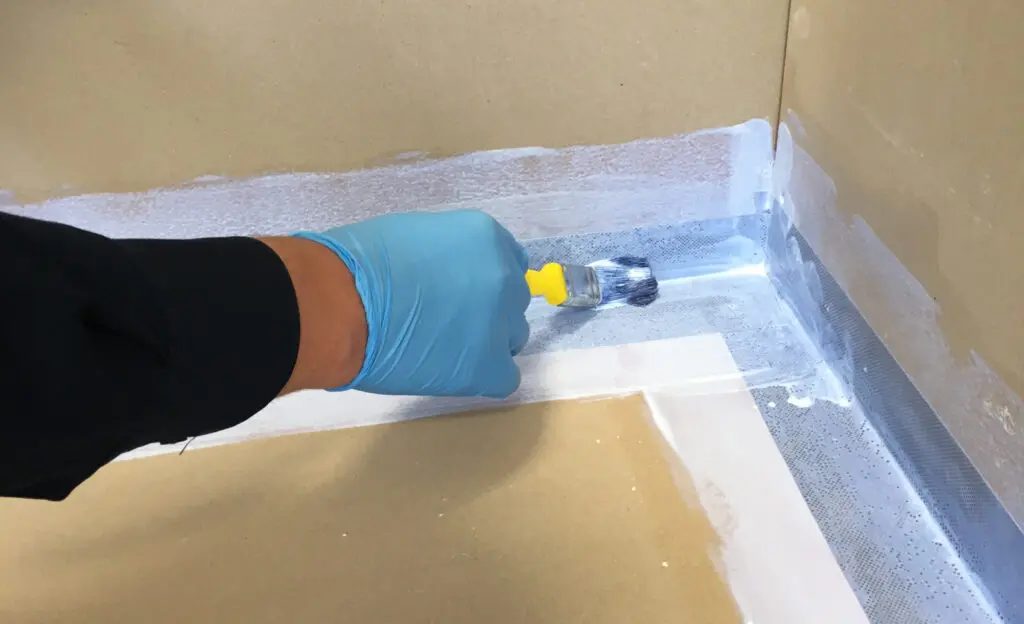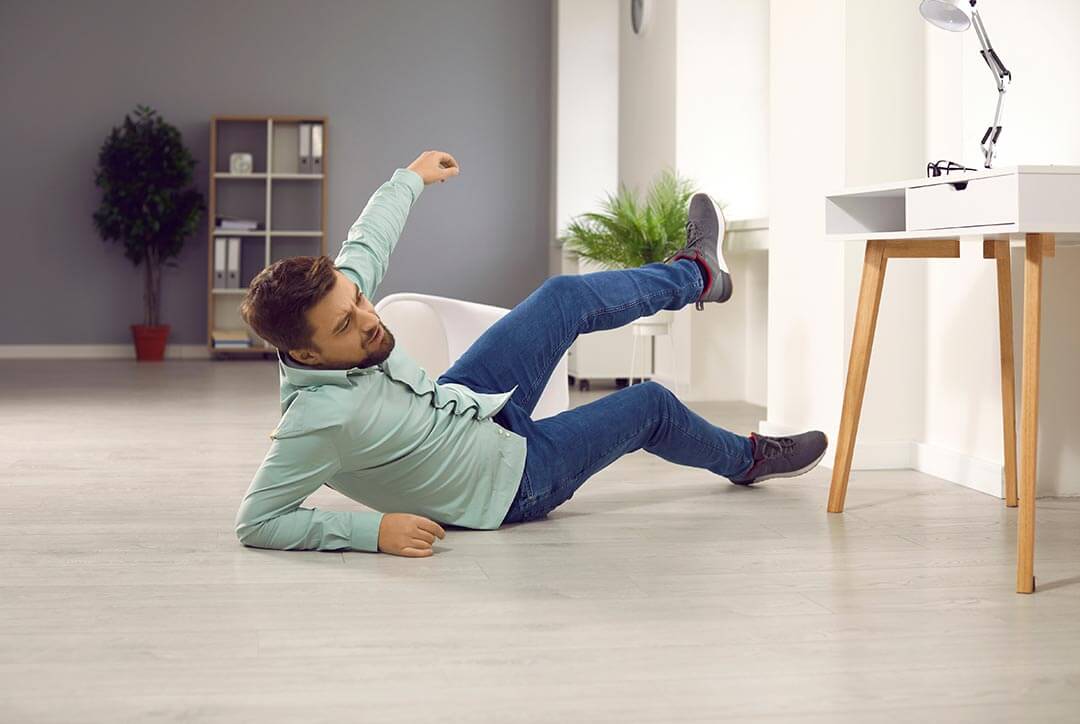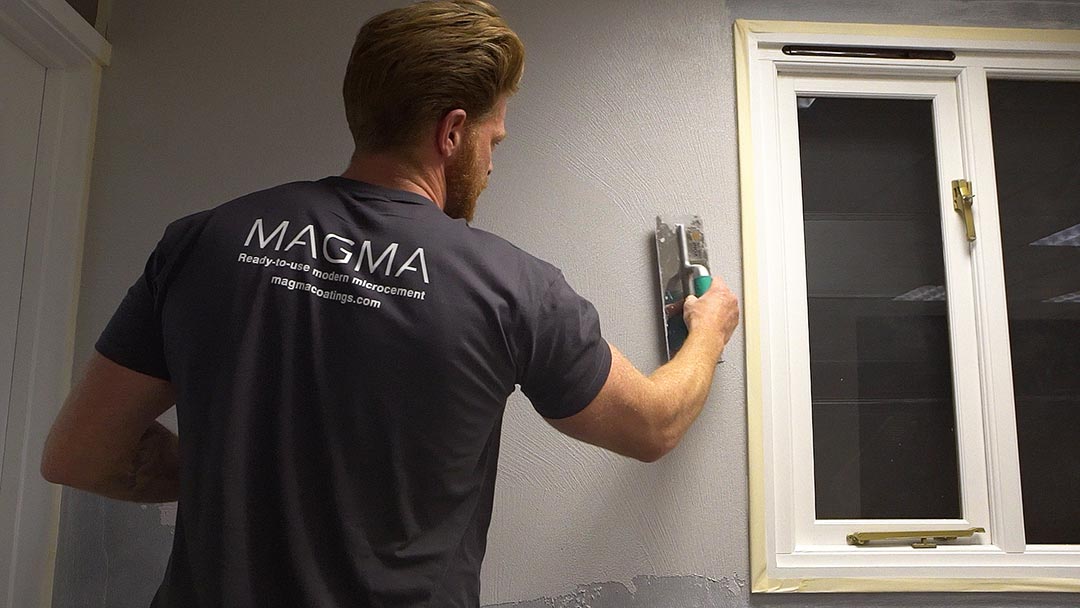Managing UV Challenges: The Pros and Cons of Epoxy-Based Microcements
Although relatively new to the marketplace, epoxy-based microcements are well-regarded for their exceptional durability and resistance to wear, making them a popular choice in many applications. However, a significant drawback of epoxy microcement systems is their inherent lack of UV stability, known as photodegradation, which is a reaction that causes the resin to break down and lose its mechanical properties, resulting in yellowing and discolouration.
This issue stems from the chemical structure of epoxy resins, which contain aromatic rings (as shown in the illustration below). These aromatic rings are a fundamental part of the epoxy molecule, making the material prone to yellowing and degradation when exposed to ultraviolet light. As long as epoxies retain their aromatic nature, they will remain susceptible to UV-induced discolouration over time.
 In contrast, acrylic-based microcements and traditional cementitious products generally offer better UV resistance, allowing them to maintain their colour and appearance more effectively when exposed to sunlight. However, in some instances, they may not provide the same level of durability or chemical resistance as epoxy-based systems.
In contrast, acrylic-based microcements and traditional cementitious products generally offer better UV resistance, allowing them to maintain their colour and appearance more effectively when exposed to sunlight. However, in some instances, they may not provide the same level of durability or chemical resistance as epoxy-based systems.
To mitigate the UV instability of epoxy microcements, manufacturers often incorporate UV stabilisers or apply protective topcoats known as UV blockers designed to enhance resistance to ultraviolet degradation. While these measures can certainly extend the lifespan and help preserve the aesthetic quality of epoxy surfaces, some degree of yellowing over time is still possible, which can be prominent, especially in lighter colours or areas with lots of natural light, such as by patio doors etc.
When selecting between epoxy, acrylic-based, and traditional microcement systems, it’s essential to consider the specific requirements of the project, such as the extent of UV exposure, desired durability, aesthetic goals, and maintenance expectations. Each system has its own advantages, disadvantages, and limitations, making the choice highly dependent on balancing these factors to suit the intended application.
As professionals and installers in the construction and design industry, we must be 100% transparent with clients. By ensuring they are fully aware of the different options available for each system, we can help them make an informed decision about the surface finish that best meets their needs and expectations for aesthetics, durability, UV stability, and overall performance.

As architects, designers, and end users, it is essential to know the complete range of options available to you and test them accordingly before any installations occur. If uncertain of the UV stability of the product, request a sample from your supplier or manufacturer early in the project. Testing for UV stability is a practical step that serves an important purpose. This simple test helps prevent unexpected discolouration and ensures that the selected material will maintain its aesthetic quality over time.
By conducting this test early, you can confirm that the material meets the specific visual and durability requirements, ultimately leading to a more satisfactory and long-lasting result.
Simply cover half of the sample with a waterproof opaque (non-see-through) tape or covering and leave it outside, exposed to direct sunlight, for 6-8 weeks (optimum results in the summer). After this time, remove the tape or covering and check if any colour changes have occurred.






